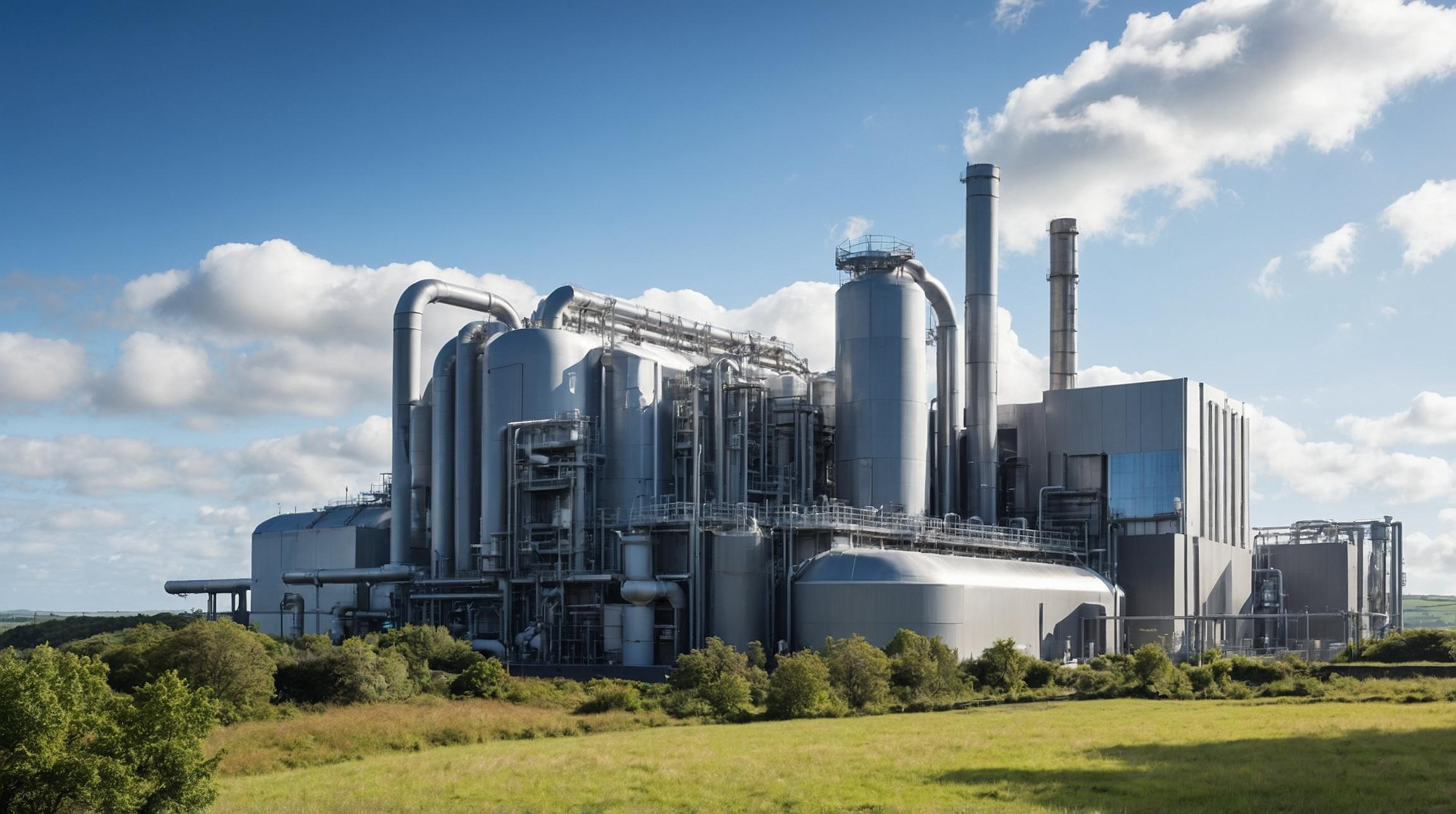Ireland's NEG8 Carbon Develops Advanced DAC Technology
NEG8 Carbon, a prominent name in carbon capture technology based in Waterford, Ireland, has unveiled significant advancements in its direct air capture (DAC) system. This system works by pulling large volumes of air and passing it over specialized materials known as sorbents that efficiently trap CO2 from the atmosphere.
Key Innovations in CO2 Capture
The newly upgraded DAC technology by NEG8 Carbon enhances both efficiency and effectiveness, offering a promising solution for climate change mitigation. Once the CO2 is captured, it can either be safely stored underground or transformed into environmentally friendly products like sustainable aviation fuel (SAF).
Overcoming Cost Barriers
A persistent challenge for DAC technology has been the high cost per ton of CO2 captured. NEG8 Carbon's recent breakthroughs significantly reduce this cost, broadening the accessibility of the technology. By innovatively deploying sorbents, they have reduced the amount needed by 80%, which speeds up both the CO2 capture and release processes while cutting regeneration time by 90%.
Enhancements in Heat Exchange Efficiency
Another critical innovation lies in the heat exchange process, which now optimizes heat transfer to the sorbent materials. This improvement boosts the sorbent's regeneration efficiency, increasing the CO2 uptake by 50%. These advancements also cut the system's energy consumption by over 20%, enhancing both its cost-effectiveness and environmental friendliness.
Future Prospects and Goals
Dr. John Breen, Chief Technology Officer of NEG8 Carbon, highlighted how these upgrades significantly boost the efficiency and sustainability of their DAC technology. This commitment strongly underscores the company's dedication to fighting climate change. Moving forward, the company plans to integrate these innovations into their demonstration unit by the third quarter of 2024, aiming for full-scale deployment by 2026.
Targeting Net-Zero Emissions
With a bold vision, NEG8 Carbon aims to capture 100 million tons of CO2 annually by 2050. This ambition positions the company to meet the growing demand for scalable carbon removal solutions as global efforts intensify to achieve net-zero emissions.













